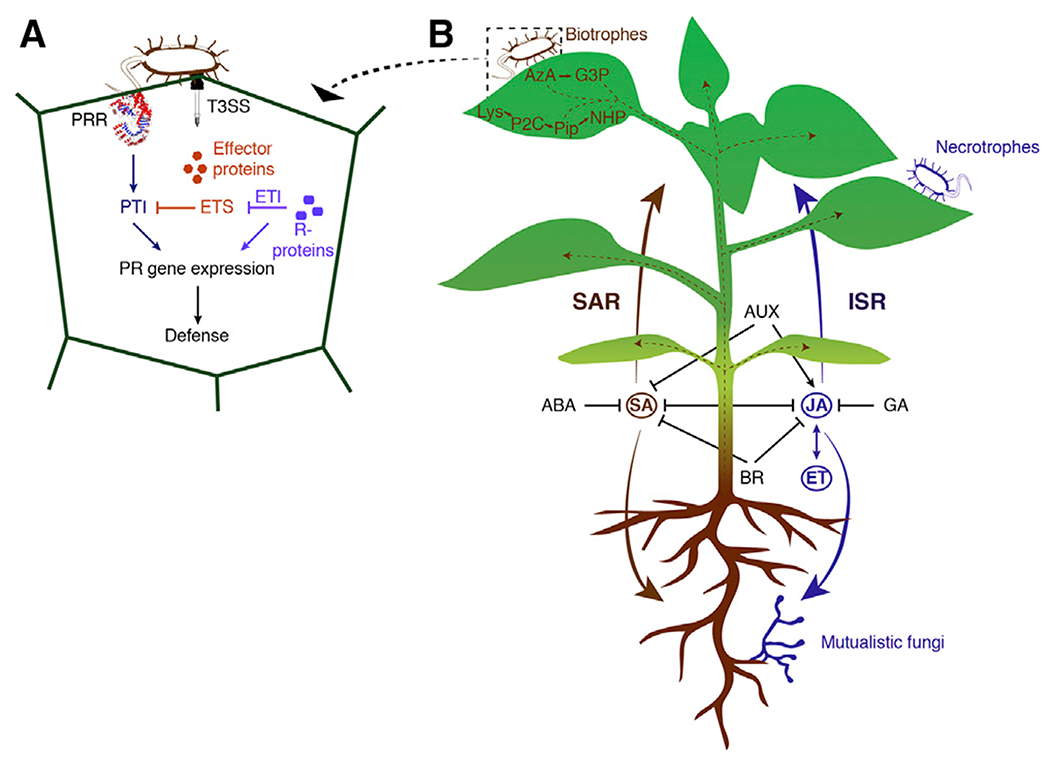Figure 1. Hormone Pathways Interact and Cause Two Different Kinds of Systemic Immunity.

(A) Typical components and steps preceding the establishment of SAR: pattern recognition receptors (PRRs) recognize microbe-associated molecular patterns (MAMPS), leading to PAMP-triggered immunity (PTI). Pathogenic bacteria eject effector proteins into the host using a type III secretion system (T3SS), causing effector-triggered susceptibility (ETS). The plant can counteract effector proteins with R-proteins, leading to effector-triggered immunity (ETI).
(B) Left side, in brown: systemic acquired resistance (SAR) is established against biotrophic pathogens and is controlled by SA. Azelaic acid (AzA), glycerol-3-phosphate (G3P), pipecolic acid (Pip), and N-hydroxypipecolic acid (NHP) are all transported from the infected site to uninfected tissues. Right side, in blue: induced systemic resistance (ISR) requires JA and ET signaling and is found as a response against necrotrophic pathogens but also mutualistic organisms.
